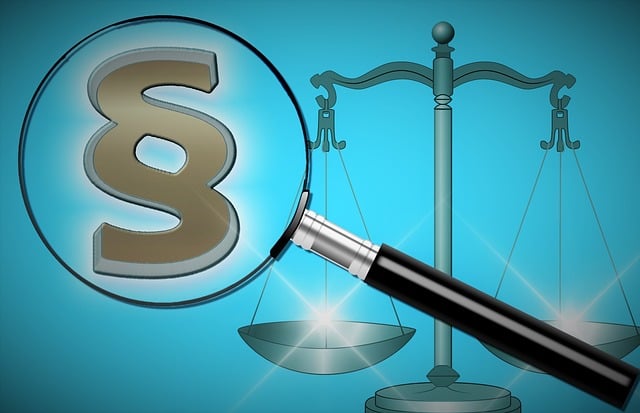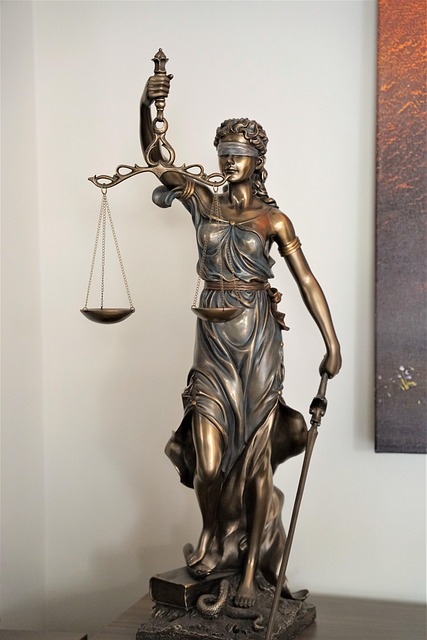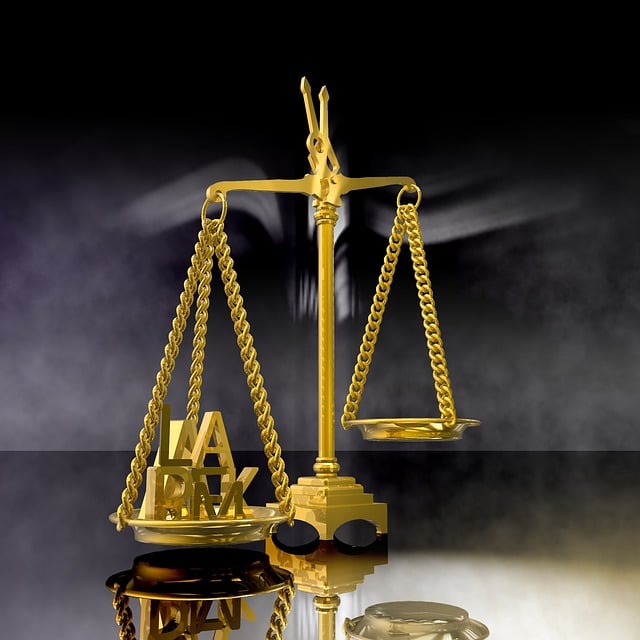The impact of jury demographics on verdicts is a critical factor in criminal law. Jury selection, influenced by diversity metrics, shapes outcomes in cases from racial profiling to white-collar crime. Research shows demographic factors like race, gender, age, and cultural background significantly affect decisions, with diverse juries favoring justice. Understanding these influences is key for prosecution and defense strategies, ensuring fair outcomes for all societal members.
“Unraveling the intricate relationship between jury demographics and verdicts, this article delves into the critical aspects shaping the criminal justice system. From understanding the jury selection process to examining demographic influences, we explore how age, cultural background, gender, and diversity impact judicial decisions. By shedding light on these factors, we aim to enhance awareness of potential biases and promote fair, impartial judgments. Discover the profound effects of demographic considerations on accurate verdicts in today’s legal landscape.”
- Understanding Jury Selection Process
- Demographic Influences on Decision Making
- Impact of Age and Cultural Background
- Gender Bias: Myths and Realities
- Diversity's Role in Accurate Verdicts
Understanding Jury Selection Process

The jury selection process is a critical phase in criminal law enforcement, as it significantly influences the outcome of trials. This process involves meticulously filtering a diverse pool of potential jurors to ensure a fair and representative panel. The impact of jury demographics on verdicts cannot be understated; studies show that the makeup of the jury room can sway decisions, reflecting societal biases and perspectives. For instance, the presence or absence of individuals from underrepresented communities may color perceptions, especially in cases involving sensitive issues like racial profiling or white-collar defenses.
Understanding this dynamic is essential, as it underscores the need for a balanced approach to jury selection. Across the country, efforts are being made to streamline and enhance this process, including implementing more robust diversity metrics. Ensuring a complete dismissal of all charges often hinges on an impartial jury, making demographic considerations crucial in achieving just outcomes, particularly in complex cases involving white-collar crimes.
Demographic Influences on Decision Making

The composition of juries, reflecting the demographic makeup of the community, significantly influences criminal law enforcement outcomes. Research has shown that the race, gender, and socio-economic status of jurors can affect their decision-making processes and, consequently, verdict outcomes. This phenomenon is particularly noteworthy in cases involving corporate and individual clients, where a balanced jury may lead to more equitable justice. For instance, studies suggest that diverse juries are more likely to deliver winning challenging defense verdicts, showcasing an unprecedented track record of fairness in the legal system.
Understanding these demographic influences is crucial for both prosecution and defense teams. They can strategize accordingly to ensure their cases are presented in a manner that resonates with a varied jury pool. By recognizing potential biases and leveraging inclusive practices, it becomes possible to achieve just outcomes, ensuring that the legal system remains robust and responsive to the needs of all members of society, regardless of background.
Impact of Age and Cultural Background

The impact of age and cultural background on jury demographics is a significant factor in criminal law enforcement. Studies have shown that younger jurors tend to be more open to innovative legal strategies, which can sometimes lead to more lenient sentences or even winning challenging defense verdicts for his clients. Conversely, older jurors may bring a wealth of life experience but could also be more inclined towards traditional approaches and harsher punishments.
Cultural background plays a similarly complex role. Jurors from diverse backgrounds can bring unique perspectives that enrich the decision-making process, potentially leading to more balanced and just outcomes. However, unconscious biases and stereotypes might influence their decisions, making it crucial for lawyers to present cases in ways that resonate with these diverse groups. Achieving extraordinary results often hinges on understanding and navigating these demographic influences effectively.
Gender Bias: Myths and Realities

The concept of gender bias in criminal law enforcement has long been a subject of debate and scrutiny. Despite advancements in equality, myths persist that women are inherently more compassionate or biased against men. In reality, research suggests that gender plays a minimal role in judicial decisions, particularly in high-stakes cases where the impact of jury demographics on verdicts is most scrutinized. Across the country, studies have shown an unprecedented track record of impartiality, regardless of the defendant’s gender.
These misconceptions often stem from stereotypes and societal expectations, leading to unfair assumptions about a judge or juror’s ability to render a just decision. In practice, numerous factors influence verdicts, including the strength of evidence, legal arguments, and the specific details of each case. By acknowledging and dispelling these myths, the criminal justice system can ensure fairness and maintain its integrity in all proceedings.
Diversity's Role in Accurate Verdicts

In modern criminal law enforcement, diversity plays a pivotal role in achieving accurate verdicts. The composition of juries, reflecting the demographic makeup of the communities they serve, significantly influences the fairness and impartiality of trials. Research suggests that diverse juries bring a broader range of perspectives and life experiences to the decision-making process, fostering more comprehensive considerations of evidence. This heterogeneity can enhance understanding of complex cases, particularly when involving cultural nuances or sensitive issues, ultimately leading to more balanced verdicts.
The impact of jury demographics extends beyond individual trials; it resonates throughout all stages of the investigative and enforcement process. Diverse juries serve as a safeguard against potential biases that may arise from homogeneous panels, ensuring that general criminal defense strategies are evaluated impartially. Moreover, the presence of diverse individuals in both the courtroom and philanthropic and political communities promotes a more inclusive legal system, strengthening public trust and confidence in the justice process.
The intricate relationship between jury demographics and verdict outcomes highlights the necessity for a diverse and representative judiciary. By understanding the impact of age, cultural background, gender, and other demographic factors, we can ensure that criminal justice is fair and unbiased. Diversity in juries brings a range of perspectives, life experiences, and cultural insights that foster more accurate and just verdicts. Recognizing and addressing potential biases are key steps towards achieving equitable outcomes in criminal law enforcement, ultimately strengthening the integrity of our legal system.






